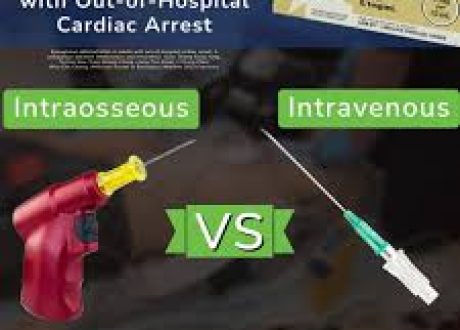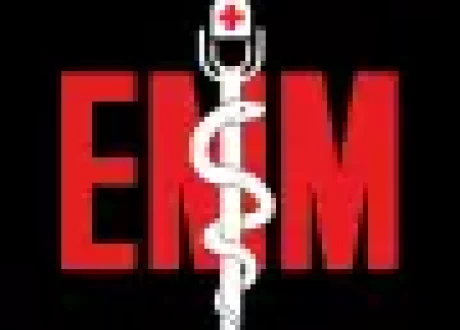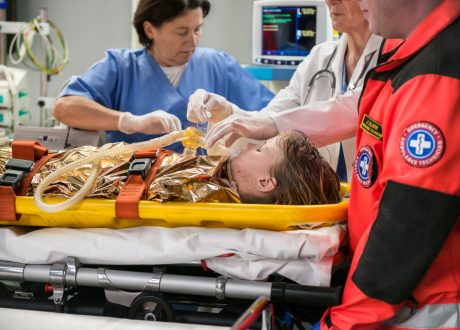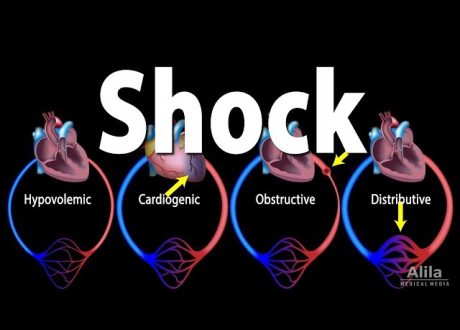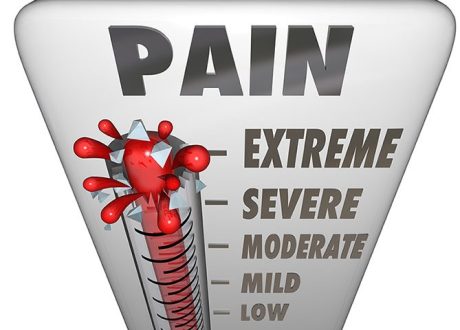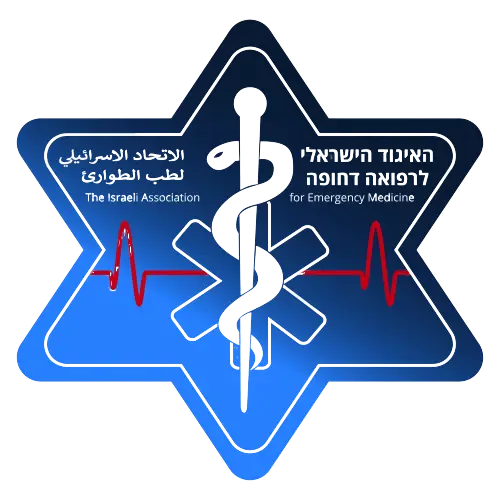EmadAwada,b,*,BrentKlapthora,MichaelH.Morgana,ScottT.Youngquista,c
Abstract 
Objective: Optimal timing for subsequent defibrillation attempts for Out-of-hospital cardiac arrest (OHCA) patients with recurrent VF/pVT is uncertain. We investigated the relationship between VF/pVT duration and return of spontaneous circulation (ROSC) in OHCA patients with recurrent shockable rhythms.
Methods: We analyzed data from the Salt Lake City Fire Department (SLCFD) spanning from 2012 to 2023. The implementation of rhythm-filtering technology since 2011 enabled real-time rhythm interpretation during CPR, with local protocols allowing early defibrillation for recurrent/refractory VF/pVT cases. We included patients experiencing four or five episodes of VF and pVT rhythms and employed generalized estimating equation (GEE) regression analysis to examine the association between VF/pVT durations preceding recurrent defibrillation and return of spontaneous circulation (ROSC).
Results: Analysis of 622 appropriate shocks showed that patients achieving ROSC had significantly shorter median VF/pVT duration than those who did not achieve ROSC (0.83 minutes vs. 1.2 minutes, p = 0.004). Adjusted analysis of those with 4 VF/pVT episodes (N = 142) revealed that longer VF/pVT durations were associated with lower odds of achieving ROSC (odds ratio: 0.81, 95% CI: 0.72-0.93, p = 0.005). Every one-minute delay in intra-arrest defibrillation is predicted to decrease the likelihood of achieving ROSC by 19%.
Conclusion: Every one-minute increase in intra-arrest VF/pVT duration was associated with a statistically significant 19% decrease in the chance of achieving ROSC. This highlights the importance of reducing time to shock in managing recurrent VF/pVT. The findings suggest reevaluating the current recommendations of two minutes intervals for rhythm check and shock delivery.
Keywords: Cardiac arrest; Defibrillation; Emergency medical services; Shockable rhythm; Time to shock.


